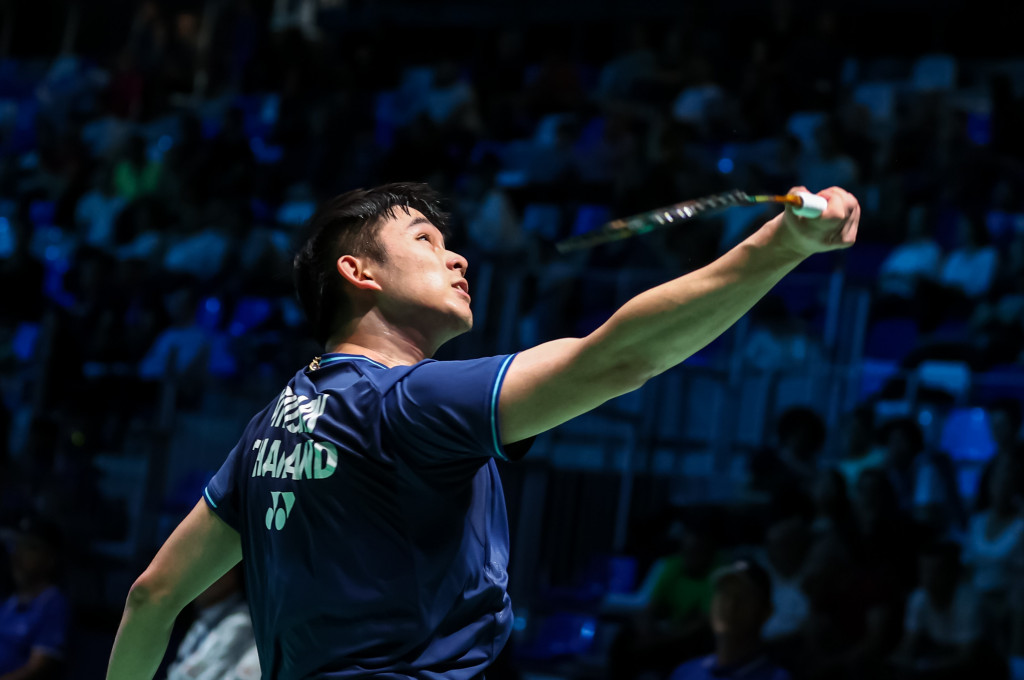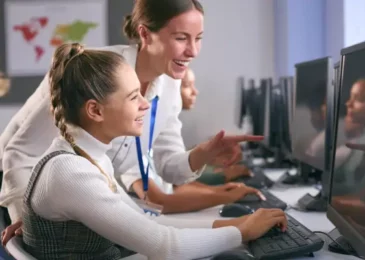As a child, I had a passion for both academics and sports, particularly baseball. As I grew older, I found joy in teaching others. I became a national softball player and eventually became the coach of the national women’s softball team. However, circumstances led me to leave the world of softball. That’s when architect Raul Anguiano offered me a job in badminton, and under the guidance of Jose Maria Solis, I began working with children.
First Encounter with Badminton
I first laid eyes on badminton during my school days when a Chinese classmate introduced us to the sport. It wasn’t until 2003, when I started working for the national federation, that I witnessed the game in action. Seeing the players train and immersing myself in the sport left a lasting impression on me.
Bạn đang xem: Badminton Pan America
Growing in the Sport
Xem thêm : BWF News
Working within the federation provided me with the opportunity to work with children and expand my knowledge of badminton. In 2007, Raul Anguiano gave me the chance to take an umpire course. The following year, during the Pan Am Junior Championships, I gained experience in match control and managing the tournament program. This led to my accreditation as a Referee. I also completed a Shuttle Time course and have since worked as a Shuttle Time Tutor.
Memorable Events and Impact
One memorable experience was being a part of the Pan Am Junior Championships held in Jamaica. It was my first time managing the tournament program and setting up the courts. I also had the chance to participate in two Para badminton championships, both as a control table operator and as a coach. These events left a lasting impact on me and changed my perspective on life.
Developing Badminton in the Community
Xem thêm : Badminton: A Sport for Everyone
While teaching children during courses, I noticed a genuine interest in learning something new. This motivated them to continue their development and share their newfound skills wherever they went.
Empowering Through Shuttle Time
The Shuttle Time program has played a crucial role in introducing badminton to a wider audience, particularly school-age children. Through school exhibitions and other activations, more people have become aware of the sport. One of the most valuable lessons I’ve learned from the Shuttle Time program is the ability to engage with individuals from various social classes. It has taught me that regardless of their circumstances, people will still practice and teach badminton.
FAQs
Q: How did the author become involved in badminton?
A: The author’s path to badminton began when they had to leave softball due to certain reasons. They were offered a job in badminton by architect Raul Anguiano and were trained by Jose Maria Solis.
Q: What sparked the author’s interest in badminton?
A: The author’s interest in badminton was sparked when they saw a classmate of Chinese origin bring a racket to school and explain the sport to them. They further explored the sport when they started working for the national federation.
Q: What are some memorable experiences the author had in badminton?
A: The author had the opportunity to manage the tournament program and set up courts during the Pan Am Junior Championships held in Jamaica. They also participated in two Para badminton championships, one as a control table operator and another as a coach.
Q: How has the Shuttle Time program impacted the development of badminton?
A: The Shuttle Time program has played a crucial role in introducing badminton to a wider audience, especially school-age children. Through school exhibitions and other activities, more people have become aware of the sport.
Summary
In this article, we explore the journey of an individual who found their way into the world of badminton. From leaving their career in softball to becoming a dedicated badminton coach, the author’s experiences showcase the transformative power of the sport. They share their first encounter with badminton and how it sparked their interest, as well as the opportunities they received to grow within the sport. Memorable events and experiences have shaped their perspective and motivated them to empower others through badminton. Additionally, the author highlights the impact of the Shuttle Time program in expanding the reach of badminton and engaging individuals from all walks of life. This article serves as an inspiring account of passion, growth, and the positive influence of sports. To learn more about badminton and become a part of this thriving community, visit Carnegiecentre.com.
Nguồn: https://carnegiecentre.com
Danh mục: Tin tức



